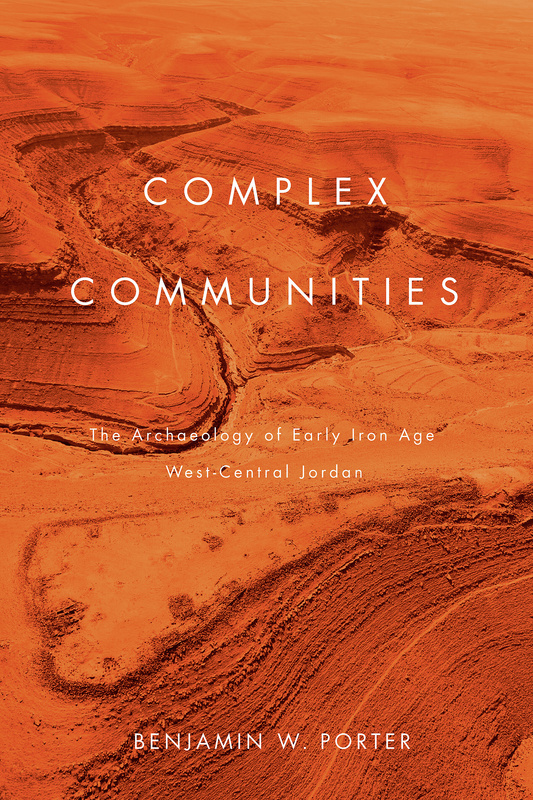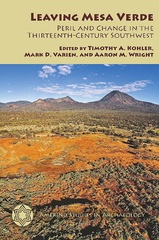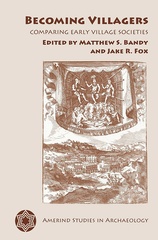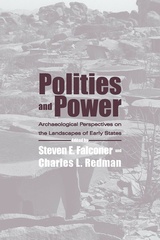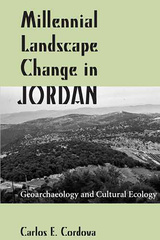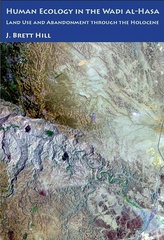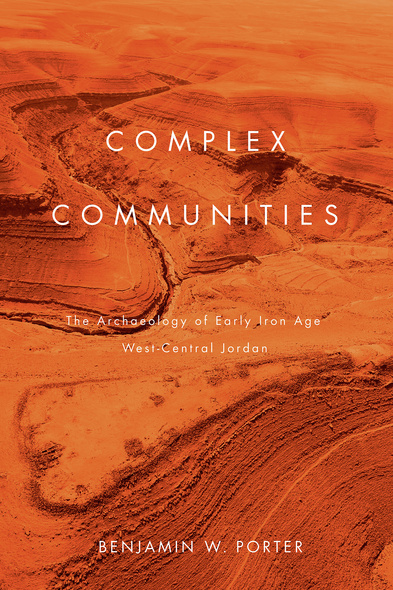
224 pages, 6 x 9
9 halftones, 8 line art, 1 tables
Hardcover
Release Date:28 Nov 2013
ISBN:9780816530328
Complex Communities
The Archaeology of Early Iron Age West-Central Jordan
The University of Arizona Press
Complex Communities explores how sedentary settlements developed and flourished in the Middle East during the Early Iron Age nearly four thousand years ago. Using archaeological evidence, Benjamin Porter reconstructs how residents maintained their communities despite environmental uncertainties. Living in a semi-arid area in the present-day country of Jordan, villagers faced a harsh and unpredictable ecosystem. Communities fostered resilience by creating flexible production routines and leadership strategies. Settlements developed what archaeologists call “communal complexity,” a condition through which small-scale societies shift between egalitarian and hierarchical arrangements. Complex Communities provides detailed, scientifically grounded reconstructions of how this communal complexity functioned in the region.
These settlements emerged during a period of recovery following the political and economic collapse of Bronze Age Mediterranean societies. Scholars have characterized west-central Jordan’s political organization during this time as an incipient Moabite state. Complex Communities argues instead that the settlements were a collection of independent, self-organizing entities. Each community constructed substantial villages with fortifications, practiced both agriculture and pastoralism, and built and stocked storage facilities. From these efforts to produce and store resources, especially food, wealth was generated and wealthier households gained power over their neighbors. However, power was limited by the fact that residents could—and did—leave communities and establish new ones.
Complex Communities reveals that these settlements moved through adaptive cycles as they adjusted to a changing socionatural system. These sustainability-seeking communities have lessons to offer not only the archaeologists studying similar struggles in other locales, but also to contemporary communities facing negative climate change. Readers interested in resilience studies, Near Eastern archaeology, historical ecology, and the archaeology of communities will welcome this volume.
These settlements emerged during a period of recovery following the political and economic collapse of Bronze Age Mediterranean societies. Scholars have characterized west-central Jordan’s political organization during this time as an incipient Moabite state. Complex Communities argues instead that the settlements were a collection of independent, self-organizing entities. Each community constructed substantial villages with fortifications, practiced both agriculture and pastoralism, and built and stocked storage facilities. From these efforts to produce and store resources, especially food, wealth was generated and wealthier households gained power over their neighbors. However, power was limited by the fact that residents could—and did—leave communities and establish new ones.
Complex Communities reveals that these settlements moved through adaptive cycles as they adjusted to a changing socionatural system. These sustainability-seeking communities have lessons to offer not only the archaeologists studying similar struggles in other locales, but also to contemporary communities facing negative climate change. Readers interested in resilience studies, Near Eastern archaeology, historical ecology, and the archaeology of communities will welcome this volume.
In this provocative monograph, Porter presents an innovative model of small-scale sedentary communities and successfully applies it to Early Iron Age sites in west-central Jordan, a marginal zone.'—CHOICE
'In this provocative new study, Porter offers an alternative theory of social formation and dissolution by examining how communities take up the challenge of living in marginal environments. By teasing out the role of community resilience in adapting to both the social and natural environment, Porter offers new insights on the history and archaeology of the Levant.'—Thomas E. Levy, University of California, San Diego
This outstanding work of scholarship should be compulsory reading for students and scholars of Near Eastern archaeology, Biblical studies, and anthropological archaeology. Porter deftly integrates multiple lines of archaeological, textual, and ethnographic evidence to explore life in Early Iron Age communities . He grounds his analysis in the materiality of everyday life to explore how people built, maintained and ultimately abandoned these communities.'—Meredith Chesson, University of Notre Dame
Porter challenges common knowledge and takes a firm stand on a land and period that are key to understanding the development of Levantine societies in the Iron Age.'—Journal of Eastern Mediterranean Archaeology
‘Porter’s dynamic perspective offers an intriguing analysis of small scale societies living on the margins of sustainability.’—American Anthropologist
An outstanding work that deserves all credits given by others.’—Bibliotheca Orientalis
Benjamin W. Porter is an assistant professor of Near Eastern archaeology at the University of California, Berkeley, and a curator of Near Eastern archaeology at the Phoebe A. Hearst Museum of Anthropology. He co-directs the Dhiban Excavation and Development Project in Jordan and the Dilmun Bioarchaeology Project in Bahrain and Saudi Arabia.
Acknowledgments
1. Introduction: The Persistence of Community
2. Communal Complexity on the Margins
3. Measuring Social Complexity in the Early Iron Age
4. Producing Community
5. Managing Community
6. Conclusion: The Complex Community
Notes
References
Index

